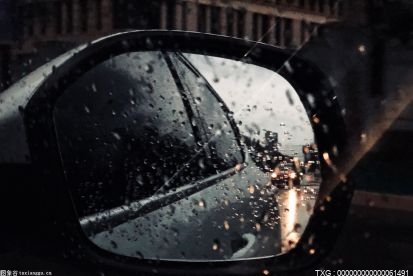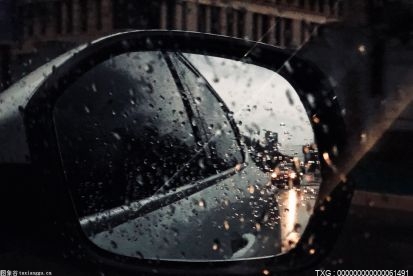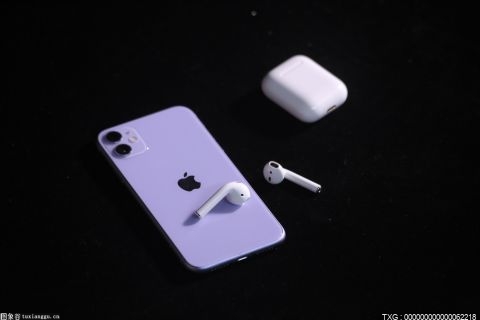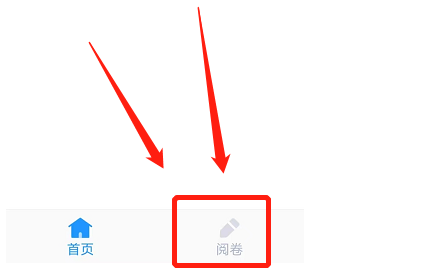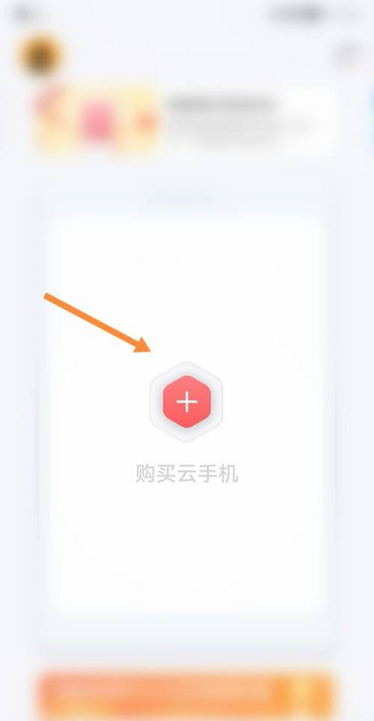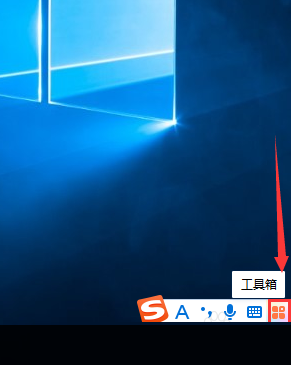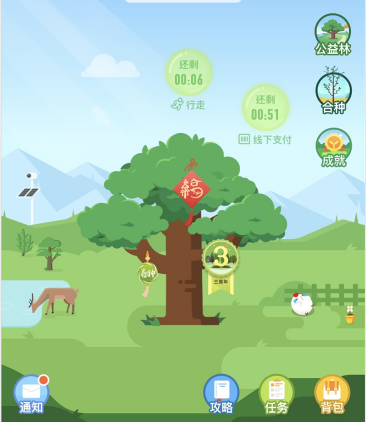本教程操作环境:windows7系统、CSS3&&HTML5版、Dell G3电脑。
CSS3 径向渐变
 (相关资料图)
(相关资料图)
radial-gradient() 函数用径向渐变创建" 图像 "。径向渐变由中心点定义。
径向渐变允许你指定渐变的形状(圆形或椭圆形)、大小(最近端,最近角,最远端,最远角,包含或覆盖 (closest-side, closest-corner, farthest-side, farthest-corner, contain or cover))、位置和渐变的起止颜色。颜色起止(Color stops):就像用线性渐变,你应该沿着渐变线定义渐变的起止颜色。
实例:以下实例演示了径向渐变 - 颜色结点均匀分布:
#grad { background-image: radial-gradient(red, green, blue);}语法:
background-image: radial-gradient( shape size at position, start-color, …, last-color );
| 值 | 描述 |
|---|---|
| shape | 确定圆的类型:ellipse (默认): 指定椭圆形的径向渐变。circle :指定圆形的径向渐变 |
| size | 定义渐变的大小,可能值:farthest-corner (默认) : 指定径向渐变的半径长度为从圆心到离圆心最远的角closest-side :指定径向渐变的半径长度为从圆心到离圆心最近的边closest-corner : 指定径向渐变的半径长度为从圆心到离圆心最近的角farthest-side :指定径向渐变的半径长度为从圆心到离圆心最远的边 |
| position | 定义渐变的位置。可能值:center(默认):设置中间为径向渐变圆心的纵坐标值。top:设置顶部为径向渐变圆心的纵坐标值。bottom:设置底部为径向渐变圆心的纵坐标值。 |
| start-color, ..., last-color | 用于指定渐变的起止颜色。 |
下面为了更好的理解radial-gradient()具体的用法,我们主要通过不同的示例来对比CSS3径向渐变的具体用法
示例一:
background: -moz-radial-gradient(#ace, #f96, #1E90FF);background: -webkit-radial-gradient(#ace, #f96, #1E90FF);
效果:
示例二:
background: -moz-radial-gradient(#ace 5%, #f96 25%, #1E90FF 50%);background: -webkit-radial-gradient(#ace 5%, #f96 25%, #1E90FF 50%);
效果如下:
从以上俩个示例的代码中发现,他们起止色想同,但就是示例二定位了些数据,为什么会造成这么大的区别呢?其实在径向渐变中虽然具有相同的起止色,但是在没有设置位置时,其默认颜色为均匀间隔,这一点和我们前面的线性渐变是一样的,但是设置了渐变位置就会按照渐变位置去渐变,这就是我们示例一和示例的区别之处:虽然圆具有相同的起止颜色,但在示例一为默认的颜色间隔均匀的渐变,而示例二每种颜色都有特定的位置。
示例三:
background: -moz-radial-gradient(bottom left, circle, #ace, #f96, #1E90FF);background: -webkit-radial-gradient(bottom left, circle, #ace, #f96, #1E90FF);
效果如下:
示例四:
background: -moz-radial-gradient(bottom left, ellipse, #ace, #f96, #1E90FF);background: -webkit-radial-gradient(bottom left, ellipse, #ace, #f96, #1E90FF);
效果如下:
示例三和示例四我们从效果中就可以看出,其形状不一样,示例三程圆形而示例四程椭圆形状,也是就是说他们存在形状上的差异。然而我们在回到两个示例的代码中,显然在示例三中设置其形状为 circle,而在示例四中 ellipse,换而言之在径向渐变中,我们是可以设置其形状的。
示例五:
background: -moz-radial-gradient(ellipse closest-side, #ace, #f96 10%, #1E90FF 50%, #f96);background: -webkit-radial-gradient(ellipse closest-side, #ace, #f96 10%, #1E90FF 50%, #f96);
效果如下:
示例六:
background: -moz-radial-gradient(ellipse farthest-corner, #ace, #f96 10%, #1E90FF 50%, #f96);background: -webkit-radial-gradient(ellipse farthest-corner, #ace, #f96 10%, #1E90FF 50%, #f96);
效果如下:
从示例五和示例六中的代码中我们可以清楚知道,在示例五中我人应用了closest-side而在示例六中我们应用了farthest-corner。这样我们可以知道在径向渐变中我们还可以为其设置大小(Size):size的不同选项(closest-side, closest-corner, farthest-side, farthest-corner, contain or cover)指向被用来定义圆或椭圆大小的点。 示例:椭圆的近边VS远角 下面的两个椭圆有不同的大小。示例五是由从起始点(center)到近边的距离设定的,而示例六是由从起始点到远角的的距离决定的。
示例七:
background: -moz-radial-gradient(circle closest-side, #ace, #f96 10%, #1E90FF 50%, #f96);background: -webkit-radial-gradient(circle closest-side, #ace, #f96 10%, #1E90FF 50%, #f96);
效果如下:
示例八:
background: -moz-radial-gradient(circle farthest-side, #ace, #f96 10%, #1E90FF 50%, #f96);background: -webkit-radial-gradient(circle farthest-side, #ace, #f96 10%, #1E90FF 50%, #f96);
效果如下:
示例七和示例八主要演示了圆的近边VS远边 ,示例七的圆的渐变大小由起始点(center)到近边的距离决定,而示例八的圆则有起始点到远边的距离决定。
示例九:
background: -moz-radial-gradient(#ace, #f96, #1E90FF);background: -webkit-radial-gradient(#ace, #f96, #1E90FF);
效果如下:
示例十:
background: -moz-radial-gradient(contain, #ace, #f96, #1E90FF);background: -webkit-radial-gradient(contain, #ace, #f96, #1E90FF);
效果如下:
示例九和示例十演示了包含圆 。在这里你可以看到示例九的默认圈,同一渐变版本,但是被包含的示例十的圆。
最后我们在来看两个实例一个是应用了中心定位和full sized,如下所示:
/* Firefox 3.6+ */ background: -moz-radial-gradient(circle, #ace, #f96); /* Safari 4-5, Chrome 1-9 */ /* Can"t specify a percentage size? Laaaaaame. */ background: -webkit-gradient(radial, center center, 0, center center, 460, from(#ace), to(#f96)); /* Safari 5.1+, Chrome 10+ */ background: -webkit-radial-gradient(circle, #ace, #f96);
效果如下:
下面这个实例应用的是Positioned, Sized,请看代码和效果:
/* Firefox 3.6+ */ /* -moz-radial-gradient( [ || ,]? [ || ,]? , [, ]* ) */background: -moz-radial-gradient(80% 20%, closest-corner, #ace, #f96); /* Safari 4-5, Chrome 1-9 */background: -webkit-gradient(radial, 80% 20%, 0, 80% 40%, 100, from(#ace), to(#f96)); /* Safari 5.1+, Chrome 10+ */background: -webkit-radial-gradient(80% 20%, closest-corner, #ace, #f96);
效果如下:
扩展知识:
我们看看CSS3 重复渐变(Repeating Gradient)的应用。
如果您想重复一个渐变,您可以使用-moz-repeating-linear-gradient(重复线性渐变)和-moz-repeating-radial-gradient(重复径向渐变)。 在下面的例子,每个实例都指定了两个起止颜色,并无限重复。
background: -moz-repeating-radial-gradient(#ace, #ace 5px, #f96 5px, #f96 10px);background: -webkit-repeating-radial-gradient(#ace, #ace 5px, #f96 5px, #f96 10px);background: -moz-repeating-linear-gradient(top left -45deg, #ace, #ace 5px, #f96 5px, #f96 10px);background: -webkit-repeating-linear-gradient(top left -45deg, #ace, #ace 5px, #f96 5px, #f96 10px);
效果:
有关于CSS3渐变的东西就完了,大家看完了肯定会想,他主要用在哪些方面呢?这个说起来就多了,最简单的就是制作背景,我们还可以应用其制作一些漂亮的按钮,还可以用他来制作patterns,我在这里列出几种制作patterns的示例代码吧:
HTML代码:
CSS 代码:
ul { overflow: hidden; margin-top: 20px;}li{ width: 150px; height: 80px; margin-bottom: 10px; float: left; margin-right: 5px; background: #ace; /*Controls the size*/ -webkit-background-size: 20px 20px; -moz-background-size: 20px 20px; background-size: 20px 20px;} li.gradient1 { background-image: -webkit-gradient( linear, 0 100%, 100% 0, color-stop(.25, rgba(255, 255, 255, .2)), color-stop(.25, transparent), color-stop(.5, transparent), color-stop(.5, rgba(255, 255, 255, .2)), color-stop(.75, rgba(255, 255, 255, .2)), color-stop(.75, transparent), to(transparent) ); background-image: -moz-linear-gradient( 45deg, rgba(255, 255, 255, .2) 25%, transparent 25%, transparent 50%, rgba(255, 255, 255, .2) 50%, rgba(255, 255, 255, .2) 75%, transparent 75%, transparent ); background-image: -o-linear-gradient( 45deg, rgba(255, 255, 255, .2) 25%, transparent 25%, transparent 50%, rgba(255, 255, 255, .2) 50%, rgba(255, 255, 255, .2) 75%, transparent 75%, transparent ); background-image: linear-gradient( 45deg, rgba(255, 255, 255, .2) 25%, transparent 25%, transparent 50%, gba(255, 255, 255, .2) 50%, rgba(255, 255, 255, .2) 75%, transparent 75%, transparent );} li.gradient2 { background-image: -webkit-gradient(linear, 0 0, 100% 100%, color-stop(.25, rgba(255, 255, 255, .2)), color-stop(.25, transparent), color-stop(.5, transparent), color-stop(.5, rgba(255, 255, 255, .2)), color-stop(.75, rgba(255, 255, 255, .2)), color-stop(.75, transparent), to(transparent)); background-image: -moz-linear-gradient(-45deg, rgba(255, 255, 255, .2) 25%, transparent 25%, transparent 50%, rgba(255, 255, 255, .2) 50%, rgba(255, 255, 255, .2) 75%, transparent 75%, transparent); background-image: -o-linear-gradient(-45deg, rgba(255, 255, 255, .2) 25%, transparent 25%, transparent 50%, rgba(255, 255, 255, .2) 50%, rgba(255, 255, 255, .2) 75%, transparent 75%, transparent); background-image: linear-gradient(-45deg, rgba(255, 255, 255, .2) 25%, transparent 25%, transparent 50%, rgba(255, 255, 255, .2) 50%, rgba(255, 255, 255, .2) 75%, transparent 75%, transparent);} li.gradient3 { background-image: -webkit-gradient(linear, 0 0, 0 100%, color-stop(.5, rgba(255, 255, 255, .2)), color-stop(.5, transparent), to(transparent)); background-image: -moz-linear-gradient(rgba(255, 255, 255, .2) 50%, transparent 50%, transparent); background-image: -o-linear-gradient(rgba(255, 255, 255, .2) 50%, transparent 50%, transparent); background-image: linear-gradient(rgba(255, 255, 255, .2) 50%, transparent 50%, transparent);} li.gradient4 { background-image: -webkit-gradient(linear, 0 0, 100% 0, color-stop(.5, rgba(255, 255, 255, .2)), color-stop(.5, transparent), to(transparent)); background-image: -moz-linear-gradient(0deg, rgba(255, 255, 255, .2) 50%, transparent 50%, transparent); background-image: -o-linear-gradient(0deg, rgba(255, 255, 255, .2) 50%, transparent 50%, transparent); background-image: linear-gradient(0deg, rgba(255, 255, 255, .2) 50%, transparent 50%, transparent);} li.gradient5 { background-image: -webkit-gradient(linear, 0 0, 100% 100%, color-stop(.25, #555), color-stop(.25, transparent), to(transparent)), -webkit-gradient(linear, 0 100%, 100% 0, color-stop(.25, #555), color-stop(.25, transparent), to(transparent)), -webkit-gradient(linear, 0 0, 100% 100%, color-stop(.75, transparent), color-stop(.75, #555)), -webkit-gradient(linear, 0 100%, 100% 0, color-stop(.75, transparent), color-stop(.75, #555)); background-image: -moz-linear-gradient(45deg, #555 25%, transparent 25%, transparent), -moz-linear-gradient(-45deg, #555 25%, transparent 25%, transparent), -moz-linear-gradient(45deg, transparent 75%, #555 75%), -moz-linear-gradient(-45deg, transparent 75%, #555 75%); background-image: -o-linear-gradient(45deg, #555 25%, transparent 25%, transparent), -o-linear-gradient(-45deg, #555 25%, transparent 25%, transparent), -o-linear-gradient(45deg, transparent 75%, #555 75%), -o-linear-gradient(-45deg, transparent 75%, #555 75%); background-image: linear-gradient(45deg, #555 25%, transparent 25%, transparent), linear-gradient(-45deg, #555 25%, transparent 25%, transparent), linear-gradient(45deg, transparent 75%, #555 75%), linear-gradient(-45deg, transparent 75%, #555 75%);} li.gradient6 { background-image: -webkit-gradient(linear, 0 0, 0 100%, color-stop(.5, transparent), color-stop(.5, rgba(200, 0, 0, .5)), to(rgba(200, 0, 0, .5))), -webkit-gradient(linear, 0 0, 100% 0, color-stop(.5, transparent), color-stop(.5, rgba(200, 0, 0, .5)), to(rgba(200, 0, 0, .5))); background-image: -moz-linear-gradient(transparent 50%, rgba(200, 0, 0, .5) 50%, rgba(200, 0, 0, .5)), -moz-linear-gradient(0deg, transparent 50%, rgba(200, 0, 0, .5) 50%, rgba(200, 0, 0, .5)); background-image: -o-linear-gradient(transparent 50%, rgba(200, 0, 0, .5) 50%, rgba(200, 0, 0, .5)), -o-linear-gradient(0deg, transparent 50%, rgba(200, 0, 0, .5) 50%, rgba(200, 0, 0, .5)); background-image: linear-gradient(transparent 50%, rgba(200, 0, 0, .5) 50%, rgba(200, 0, 0, .5)), linear-gradient(0deg, transparent 50%, rgba(200, 0, 0, .5) 50%, rgba(200, 0, 0, .5));}效果:
(学习视频分享:css视频教程)
以上就是css径向渐变可以改变角度吗的详细内容,更多请关注php中文网其它相关文章!






